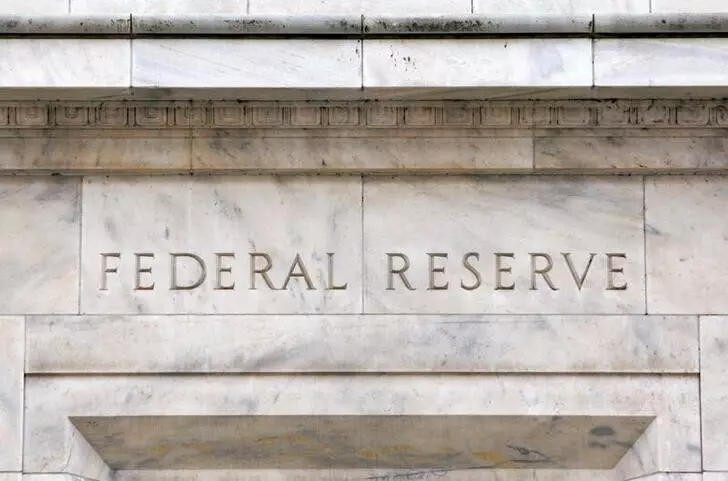The recent maneuvers by central banks, particularly the Federal Reserve’s significant 50 basis point rate reduction and substantial stimulus measures from China, have sparked fervent discussions among economists and investors alike. While such aggressive strategies could initially appear to inject positivity into the financial landscape, analysts from BCA Research argue that they are symptomatic of more profound economic challenges lurking beneath the surface. Their analysis implies that these central bank actions should not be interpreted solely as efforts to rejuvenate struggling economies but rather as critical signals of looming difficulties that may soon manifest.
In the United States, the Federal Reserve’s strategy has transitioned from a steadfast commitment to controlling inflation towards addressing the currently softening labor market. This shift is underscored by a rising unemployment rate that edges closer to what economists consider the natural rate of unemployment. While historical data suggests that rate reductions often elicit near-term market rallies, BCA warns that such optimism is usually fleeting. Patterns show that after an initial surge, these rallies frequently succumb to declines in the months that follow. The analysts highlight a historical precedent wherein the Fed’s rate cuts often precede recessions, suggesting that monetary policy adjustments may indicate economic distress rather than serve as a remedy.
China’s economic narrative largely mirrors that of the United States, with the government implementing sweeping stimulus in response to significant economic headwinds. However, BCA points out that despite the implications of immediate market benefits from such measures, the likelihood of reversing ongoing economic decline remains slim. The country is still grappling with the aftereffects of a significant property bubble burst, leading to what analysts refer to as a balance-sheet recession. This manifests through a lack of credit demand, waning consumer confidence, and decreasing effectiveness of conventional monetary policies. BCA contends that without substantial fiscal reforms aimed at boosting consumption, China’s economic recovery will be muted, potentially overshadowing any apparent short-term stock market gains.
With the prevailing indicators pointing toward a possible global recession in the next six to twelve months, BCA’s analysis urges a prudent approach to investing. The residual effects of past monetary tightening weigh heavily on economic activities, suggesting that lower interest rates will likely not mitigate impending downturns. Consequently, BCA advocates for a defensive investment strategy. This strategy predominantly involves reducing exposure to equities and credit markets, leaning more towards government bonds, and holding a neutral position in cash assets. By adopting a risk-off portfolio strategy, investors can better position themselves against a potential economic slowdown.
While the current atmosphere may suggest optimism due to the measures being implemented by central banks worldwide, a deeper analysis reveals that these actions are cautionary signals of underlying economic vulnerabilities. Investors would do well to remain skeptical and prioritize strategic decision-making amidst these uncertain economic currents.

